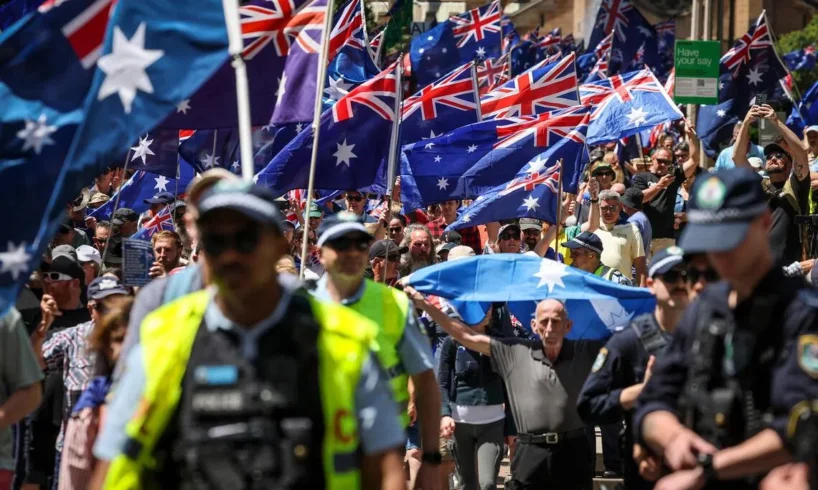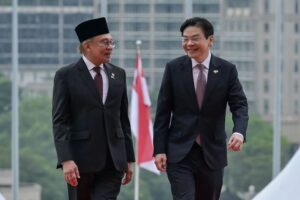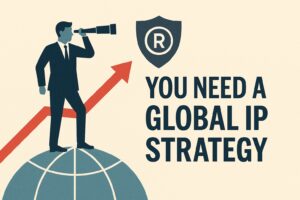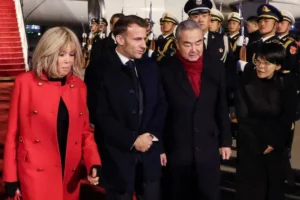
SYDNEY – Thousands of people took part in anti-immigration rallies in Australia on Oct 19, as far-right groups rise in prominence and seek to capitalise on public concerns about immigration.
The latest protests followed a
previous round of demonstrations
on Aug 31
under the banner “March for Australia”, which attracted more than 50,000 people across the country and featured prominent contingents of neo-Nazis and white supremacists as well as several right-wing MPs.
But the protests on Oct 19 were noticeably smaller and attracted an estimated 15,000 people, which analysts said was likely due to the revelations that the August protests had neo-Nazi links.
There was no prominent neo-Nazi presence, but there were reportedly some racist chants and some violence, with two police officers hurt in Melbourne and some people detained in Canberra, local media said. There were also counter-protesters – numbering about 2,000 – who denounced racism and voiced support for immigration.
In Melbourne, police deployed pepper spray, flash-bangs and rubber bullets during a tense stand-off with counter-protesters, the Australian Broadcasting Corporation reported. The police said rocks and bottles had been thrown at them.
An expert on the far-right, Dr Jordan McSwiney, from the University of Canberra, told The Straits Times that the August rallies were the “most effective mobilisation of the far-right ever in Australia”. But he said the smaller numbers at the Oct 19 rally were likely due to people realising the earlier rally was organised by neo-Nazis.
“The Australian far-right is much less visible and organised and successful than comparable far-right movements in Europe or the United States, but it is the most visible it has ever been,” he noted.
“The neo-Nazis were deeply involved in the organisation of the rallies in August and the operations on the day. For many people who may have concerns about the state of immigration in Australia, going to neo-Nazi rallies might be a step too far.”
The two rounds of March for Australia rallies reflect growing concerns about the numbers of immigrants entering Australia in recent years – which critics say is causing
a housing affordability crisis
, including rising rents and property prices, as well as worsening congestion and straining health and education services.
Australia, which has about 27.8 million residents, currently has an intake of 185,000 immigrants a year.
A Resolve Political Monitor survey on Oct 12 found that 58 per cent of Australians believe the intake is too high and should be reduced, with 15 per cent saying it should not be reduced and 27 per cent unsure.
Opinion polls show a surge in support for the One Nation party, led by right-wing firebrand Pauline Hanson. The Resolve survey showed that 12 per cent of Australians support the party, up from the 6 per cent of votes that the party received at the most recent election on May 3, which the centre-left Labor Party won.
Polling expert Kos Samaras, a director at Redbridge Group Australia, told ST there had not been an overall rightward shift among voters in Australia. But he said the centre-right Liberal-National coalition had been losing voters to One Nation, particularly among older voters without university degrees and are renting or have big mortgages.
“These rallies are splitting the coalition vote,” he said.
“Mainly older conservatives who sit on the right flank of the immigration issue and are not happy with the coalition and would like a more hardline position on it.”
But Mr Samaras said the immigration debate is not a highly “polarising” issue in Australia, noting that surveys show most Australians are far more concerned about issues such as the cost of living, house prices and wages.
He said Australians, when asked by pollsters, tend to say immigration is too high, but the vast majority of them “don’t really care”.
“The immigration debate is a polarising issue in the media and political circles, but it doesn’t have salience with most Australians,” he noted. “The rallies are largely a manifestation of the right-wing responding to the May 3 (election) result and not being happy with the left-wing trajectory the country is taking.”
But Mr Samaras added: “We should be concerned that the far-right has a lot more confidence about expressing itself. From a social cohesion point of view, this needs to be addressed.”
The rallies in Melbourne and Sydney in August featured speeches by leaders of Australia’s most prominent neo-Nazi group, National Socialist Network (NSN). The group is led by Mr Thomas Sewell, a 33-year-old who was born in New Zealand and moved to Melbourne with his family as a child.
He reportedly was in the army for about two years until 2014 and studied civil engineering at Swinburne University of Technology in Melbourne. But he did not graduate and set up a roofing and plumbing business in 2022.
An investigation by The Age newspaper on Sept 20 found that the rallies were being “secretly controlled by neo-Nazis” and that neo-Nazi groups had attempted to portray the August rallies as a show of grassroots support for anti-immigrant and patriotic messaging, while helping to organise and run the events.
Dr Josh Roose, an expert on violent extremism from Deakin University, told ST that the NSN had become increasingly visible and “taken off their masks” in their attempts to grow into a mass movement. He said the group had probably attracted new members due to the rallies in August, but its numbers were still limited to “probably a couple of hundred”.
He said: “They view these rallies as a chance to gain a mass following, building on discontent about the housing-affordability crisis and the cost-of-living crisis and (their) perception of mass migration. They view any attention as good attention. Their views are rejected by the vast majority of Australians.”
Dr McSwiney said neo-Nazi and white nationalist figures in Australia have strong international links and have appeared on prominent extreme-right podcasts in the United States and at nationalist rallies in Britain. He noted that the internet made it easier for these groups to connect, but their exchanges of views and ideas predated the internet.
“The Australian far-right is globally connected,” he said. “They learn from each other and exchange tactics and messaging. They see what happens in one context and try to apply it to another.”
Australia’s system of compulsory voting has been credited with encouraging the main political parties to drift to the centre rather than seek to build fervent bases of supporters at the fringes.
Dr Roose said there is a risk in Australia that growing distrust of the government and the increasing marginalisation of some segments of the population – particularly in regional Australia – could make it easier for extremist groups to find recruits.
He said the government needs to adopt policies that respond to these changes before they fuel further support for extremists.
“This will require a recalibration of the concept of citizenship, of people’s rights and responsibilities, as well as equipping people for AI, new technology, and mechanisation,” Dr Roose said. “We need to get people back into meaningful work and ensure they have a chance of realising their ambition.”
He added: “If we don’t have that reckoning, we will see people turn to easy answers – to whoever is yelling the loudest and offering them the most.”





